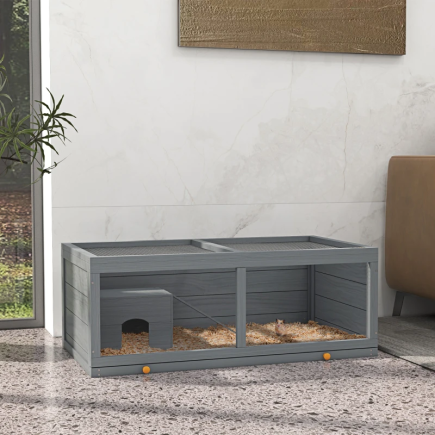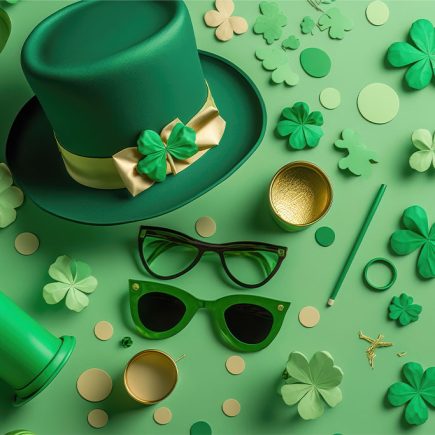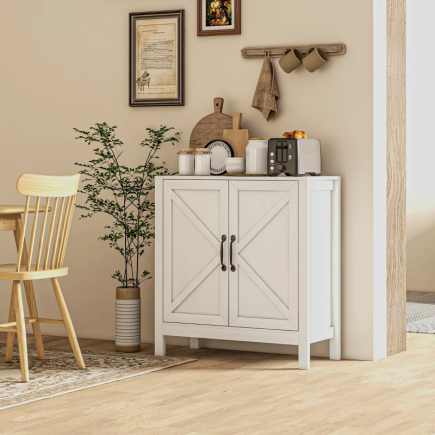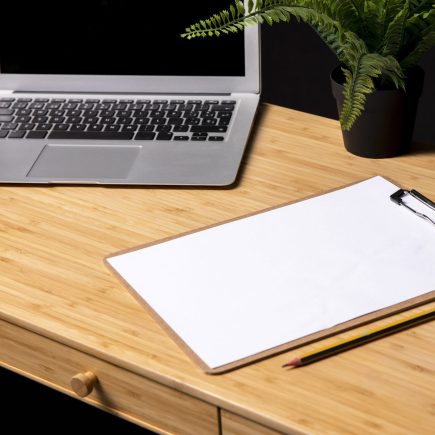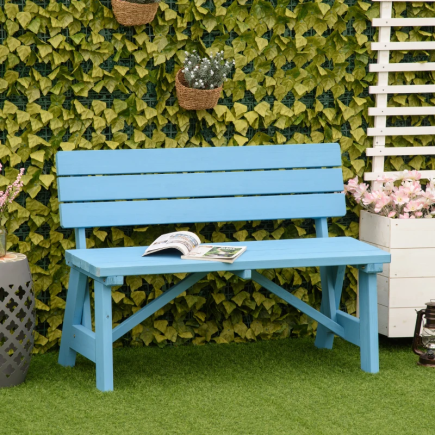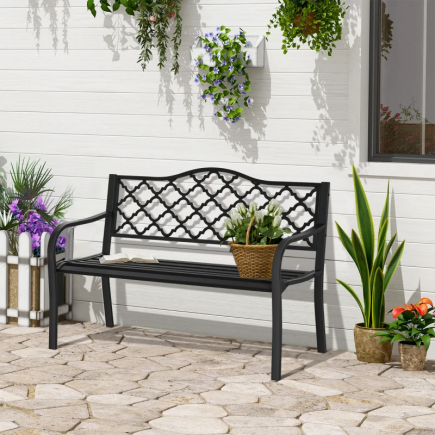
Artificial plants are a fantastic way to bring greenery into your space without the hassle of watering, sunlight, and pruning. They offer the charm of real plants but with little upkeep, making them a popular choice for home and office décor. However, like any piece of décor, artificial plants do require regular cleaning to maintain their appearance and longevity. Over time, dust and dirt can accumulate, making them look dull and lifeless. This article will help you understand how to properly clean and care for your artificial plants, keeping them vibrant and fresh for years to come.
Types of Artificial Plants and Their Cleaning Needs
Artificial plants come in various materials, each requiring different care. Understanding the material of your plant is key to choosing the right cleaning method.

- Plastic Plants: Durable and easy to clean, plastic plants can handle washing or wiping with a damp cloth.
- Silk and Fabric Plants: More delicate, these require gentler methods, like dusting or using a damp cloth to avoid damaging the material.
- Latex Plants: Soft and rubbery, these require extra care, especially when cleaning to avoid scratches or deformation.
Tools You’ll Need for Cleaning Artificial Plants
Having the right tools is essential to cleaning artificial plants without causing harm to the material. Here are the basic tools you’ll need:

| Tool | Purpose |
| Microfiber Cloth | For dusting and wiping down plants without leaving lint or scratches. |
| Feather Duster | Ideal for larger plants or trees to sweep off dust. |
| Soft Paintbrush | Helps clean intricate areas, especially silk plants. |
| Low-Setting Hair Dryer | Blows off dust without the risk of heat damage. |
With these simple tools, you’ll be equipped to clean your artificial plants efficiently.
Cleaning Process For Plastic, Silk and Fabric Artificial Plants
Plastic Plants: Soap and Water
Plastic plants are the easiest to clean thoroughly. Here’s how:

- Step 1: Prepare the Cleaning Solution
Choose a tub or basin that can hold your plastic plant. Fill it with lukewarm water and add a few drops of mild dish soap. Gently mix the water to create a soapy solution. - Step 2: Wash the Plastic Plant
Fully submerge the plant in the soapy water. Gently swish it around so the water reaches all surfaces. Move the plant carefully to loosen any dirt or dust. - Step 3: Rinse and Dry the Plant
Take the plant out of the soapy water and rinse it thoroughly under clean, lukewarm water. Ensure no soap remains on the plant. Shake off excess water and place the plant on a towel or rack to air dry completely before setting it back in place.
Plastic plants are generally durable and can handle water cleaning. Make sure they are fully dry before placing them back to prevent mold or mildew.
Silk and Fabric Plants: Damp Cloth
Silk plants require gentler cleaning methods. Here’s how to clean them without damaging the material:

- Step 1: Dampen a Microfiber Cloth
Lightly dampen a clean microfiber cloth with plain water,do not soak it. The cloth should be just moist enough to lift surface dirt without wetting the plant too much. - Step 2: Gently Wipe the Plant
Carefully wipe down each leaf, petal, and stem. Support delicate parts with your hand as you clean to avoid bending or tearing. Focus on areas like folds or crevices where dust tends to settle.
For heavier buildup: Mix equal parts water and white vinegar in a spray bottle. Lightly mist the plant, then wipe it immediately with a clean cloth.
Special Cleaning Methods for Delicate Plants
Some artificial plants, such as silk flowers or delicate foliage, require extra care. Here are a few methods that ensure you clean them without causing damage:
Salt Method for Silk Flowers
This method is ideal for cleaning delicate silk flowers without getting them wet:

- Step 1: Place Flowers in a Bag
Place the delicate flowers or foliage inside a large zip-top plastic bag or pillowcase. Choose one that can seal tightly and gives the flowers a bit of room to move around. - Step 2: Add Cleaning Agent
Add about ½ to 1 cup of salt to the bag. These natural abrasives help dislodge dust from intricate or soft surfaces without applying moisture. - Step 3: Shake Gently
Seal the bag and shake it gently for 1–2 minutes. You want enough motion to move the salt around and brush off the dust, but not so much that it bends or breaks the flowers. - Step 4: Remove and Brush Off Residue
Open the bag and carefully remove the flowers. Use a soft brush (such as a small paintbrush or makeup brush) to remove any remaining salt.
This method is perfect for smaller arrangements or individual silk flowers. If you want to explore more about different types of artificial plants and their care, check out the wide range of Artificial Plants available, offering a variety of materials and styles to suit your home decor needs.
Storing Artificial Plants When Not in Use
Proper storage of artificial plants is important to keep them in good condition, especially during off-seasons or when you’re rotating your decor. Here’s how to store them effectively:
- Use Storage Bins: Store plants in sealed, clear plastic bins to keep dust and dirt out.
- Wrap Delicate Plants: If the plant has fragile flowers or foliage, wrap them in tissue paper or soft fabric to prevent crushing.
- Keep in a Cool, Dry Place: Store plants in a dry, cool area away from direct sunlight to prevent fading.
By properly storing your plants, you’ll help them maintain their shape and prevent dust from building up.
How Often Should You Clean Artificial Plants?
Maintaining a regular cleaning schedule is key to preserving the appearance of your artificial plants:
| Cleaning Task | Frequency |
| Light Dusting | Weekly or Biweekly |
| Deep Cleaning (Soap & Water) | Every 2–3 months or as needed |
| Cleaning Delicate Plants (Salt Method) | Every 3–6 months, or as necessary |
Keeping Your Artificial Plants Looking Fresh Long-Term
To extend the life and beauty of your artificial plants, incorporate these maintenance tips:
- Silk Plant Cleaners: For silk plants, consider using specialized silk plant cleaners to lift dust without damaging the material. These products are designed for delicate fabrics and help maintain their natural look.
- Preventing Sun Damage: Avoid placing your artificial plants in areas with prolonged direct sunlight, as this can cause the colours to fade. If possible, rotate the plants occasionally to minimize sun exposure.
Cleaning Large Artificial Trees
Large artificial trees can be more challenging to clean, but with the right techniques, you can keep them looking great:
- Shaking: Take large trees outside and gently shake them to remove loose dust and debris.
- Vacuuming: For large plants that are difficult to handle, use a vacuum with a soft brush attachment to clean the leaves. This method is effective for larger plants without damaging the foliage.
Enjoy Clean, Vibrant Artificial Plants

Artificial plants are a wonderful way to brighten up any space without the maintenance required for real plants. Regular cleaning, proper storage, and occasional deep cleaning will keep your plants looking as beautiful as the day you brought them home. By following these simple care tips, you’ll enjoy fresh, vibrant faux greenery for years to come, adding beauty to your home or office with minimal effort.
FAQs
1. Can I use regular household cleaners on artificial plants?
It’s best to avoid harsh household cleaners, as they may damage the material. Stick to mild soap, water, or silk plant cleaners designed for artificial foliage.
2. Can I clean artificial plants in a dishwasher?
While some plastic plants may be dishwasher-safe (top rack only), most artificial plants, especially silk and fabric, should be cleaned by hand to avoid damage.
3. Should I clean my artificial plants during the winter months?
Yes, regular dusting and occasional deep cleaning are necessary throughout the year, even in winter, to keep your plants fresh and dust-free.

